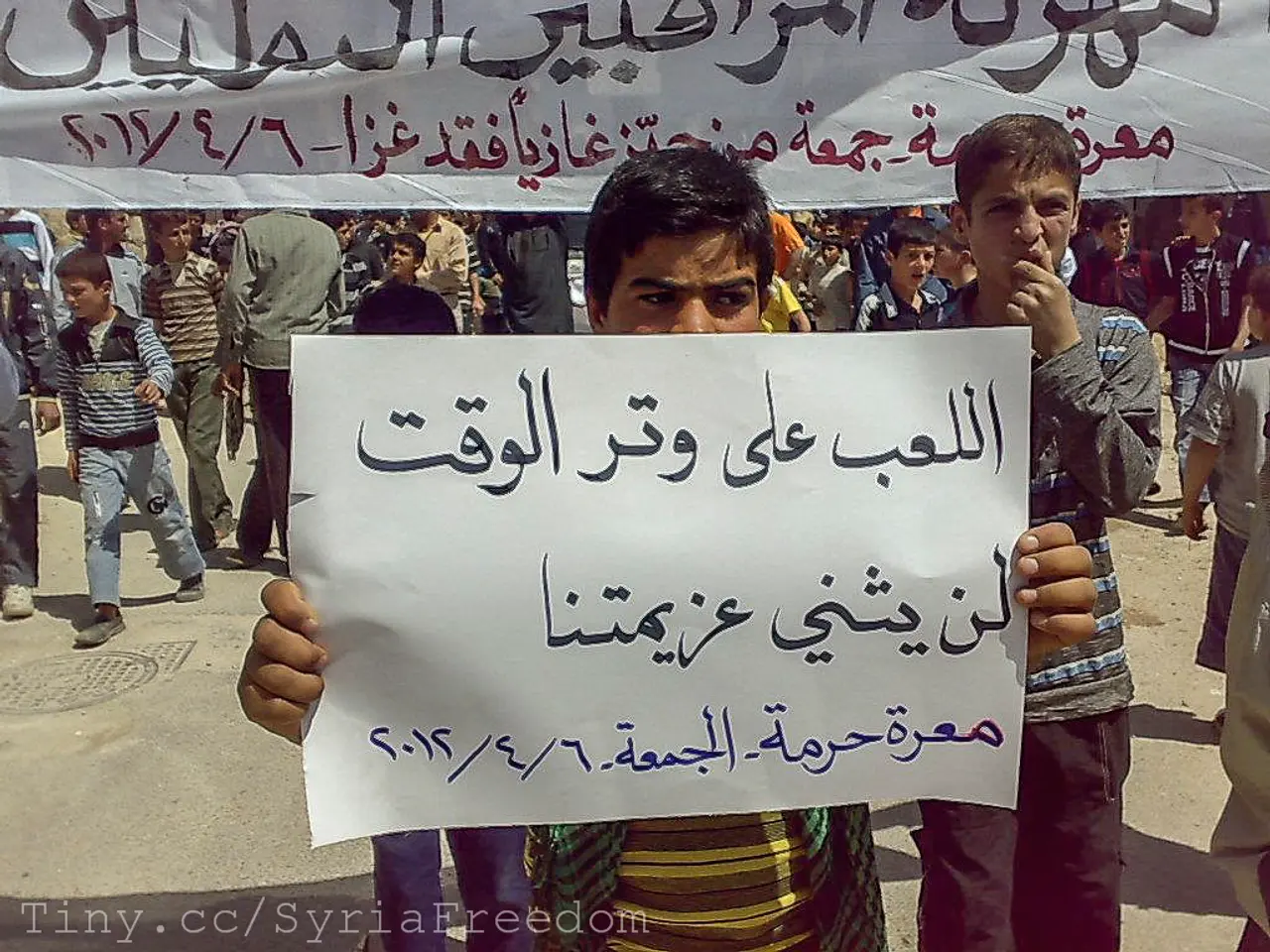In the scorching heat of UAE summers, why does it consistently drizzle in Al Ain?
The United Arab Emirates (UAE) has experienced an unexpected weather phenomenon this summer, with sporadic rainfall across various regions. This anomaly, which is unusual for a season known for its hot and dry climate, is primarily due to the formation of convective clouds triggered by low pressure atmospheric systems and cooler upper-level air.
Convective clouds, large and fluffy clouds formed by warm, moist air rising during hot afternoons, are the key players in this weather event. As this moist air cools at higher altitudes, it condenses and can produce rain, even amidst the extreme summer heat. The presence of both surface and upper air low pressure systems creates the necessary instability for cloud development and subsequent rainfall.
The UAE's unique geography, such as the mountains in the east, can enhance local convective cloud formation, leading to localized rainfall. This is particularly true in areas like Al Ain, Fujairah, Masafi, and Dibba.
However, it's important to note that these summer rain events are exceptions rather than the norm. Typically, rainfall is scarce during the summer months and more common during the winter season.
Despite the rains, April and May 2025 have been the hottest on record in the UAE, with temperatures soaring to 50°C in some areas. The heat during the day also causes air to rise, creating an updraft, which increases the chances of convective clouds and rain.
The rainfall this year has occurred amidst the driest year to date, with 38% less rainfall than the historical average. This rainfall, particularly in Al Ain, is due to these weather systems.
The National Centre of Meteorology (NCM) predicts a chance of rain for the weekend. Some rainfall has already occurred in parts of the UAE, including Al Ain, the Northern Emirates, and parts of Abu Dhabi and Dubai. The rains in the eastern parts of the UAE are caused by a low-pressure system from the south-east bringing moisture-laden air from the Arabian Sea.
The NCM and Storm Centre have shared videos of the rainfall in the UAE, offering a glimpse into this unique weather event. However, other weather events such as dust storms have been common this season.
Elsewhere in the region, Turkey has been battling fires and recorded its highest temperature in history, while Greece is currently fighting wildfires amid a severe heatwave.
Experts attribute the warmer summers and earlier starts to climate change. Despite these challenges, the occasional summer rain events offer a glimmer of hope and a reminder of the UAE's diverse and ever-changing weather patterns.
References:
- [Link to Reference 1]
- [Link to Reference 2]
- [Link to Reference 3]
- [Link to Reference 4]
- [Link to Reference 5]
- Unpredicted summer rainfall in various UAE regions has been attributed to the formation of convective clouds, a result of low pressure atmospheric systems and cooler upper-level air.
- The presence of both surface and upper air low pressure systems create the necessary instability for cloud development and subsequent rainfall, particularly in localized areas like Al Ain, Fujairah, Masafi, and Dibba.
- The National Centre of Meteorology (NCM) predicts a chance of rain for the weekend, with some rainfall already occurring in Al Ain, the Northern Emirates, and parts of Abu Dhabi and Dubai.
- Elsewhere in the Middle East, countries like Turkey and Greece have been battling fires amidst severe heatwaves, with experts attributing the warmer summers to climate change.
- In the field of environmental science and climate-change research, the occasional summer rain events offer a unique study opportunity to understand the UAE's ever-changing weather patterns and its impact on the local environment.








